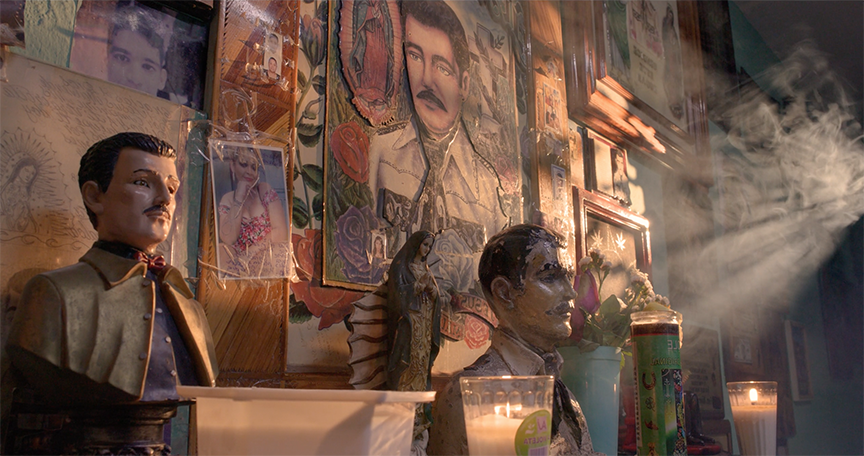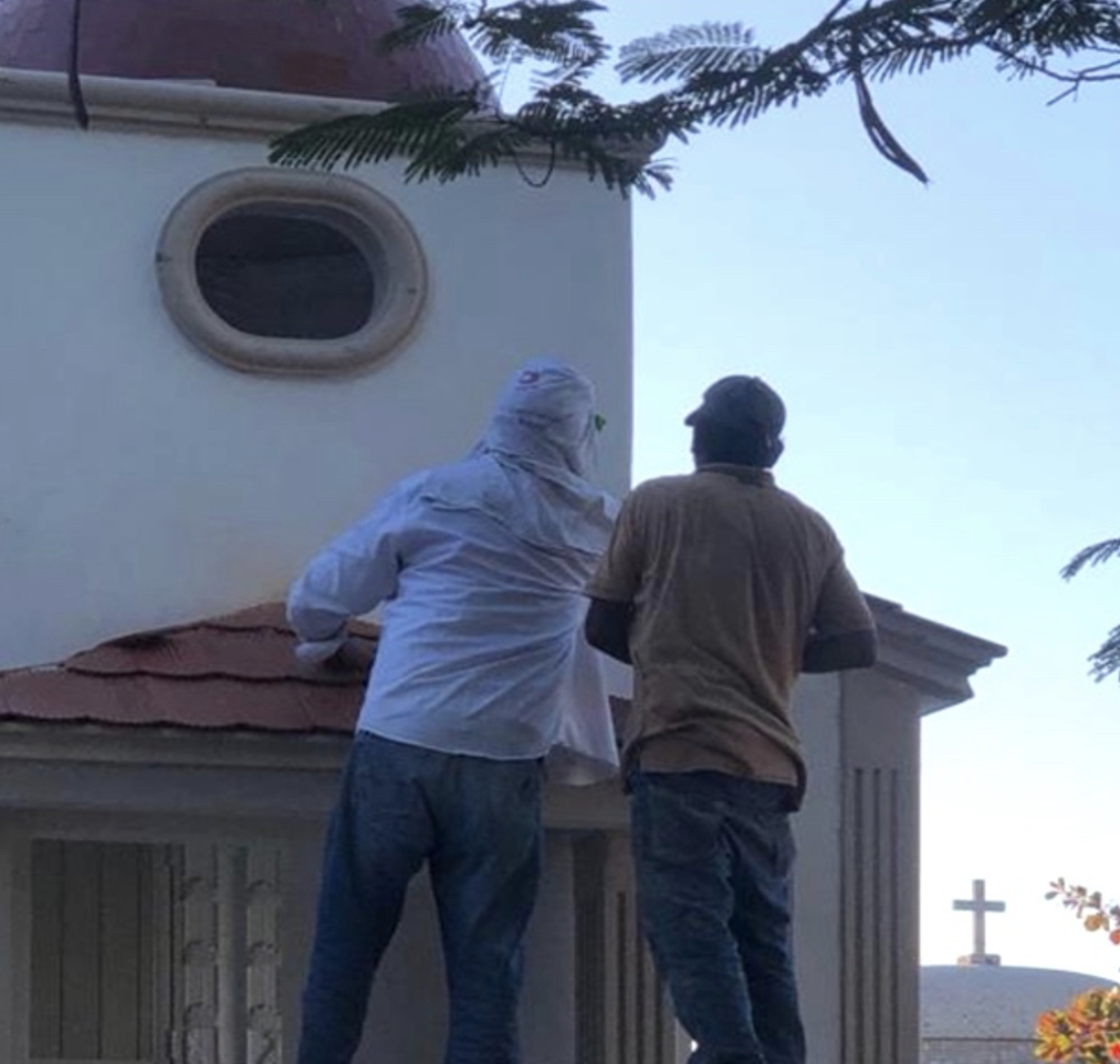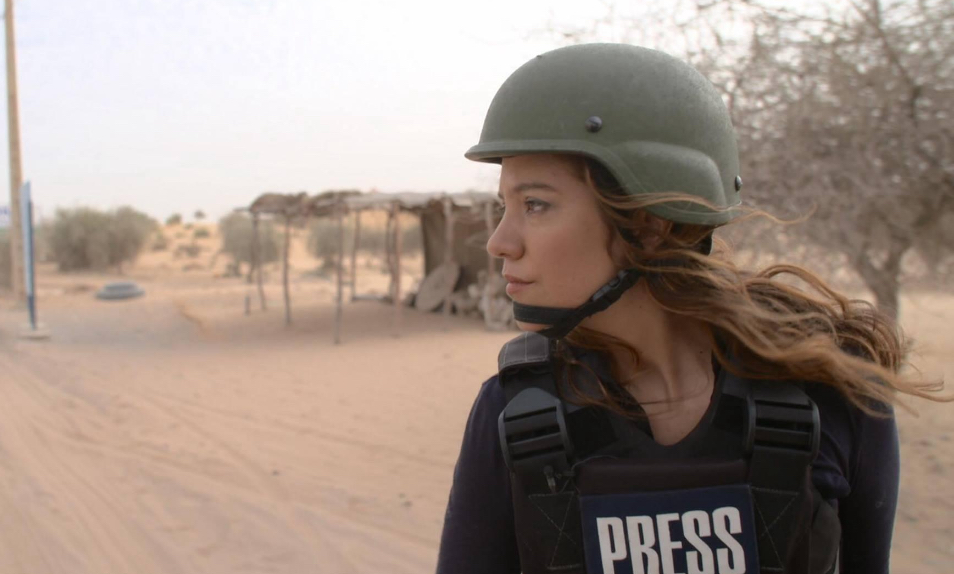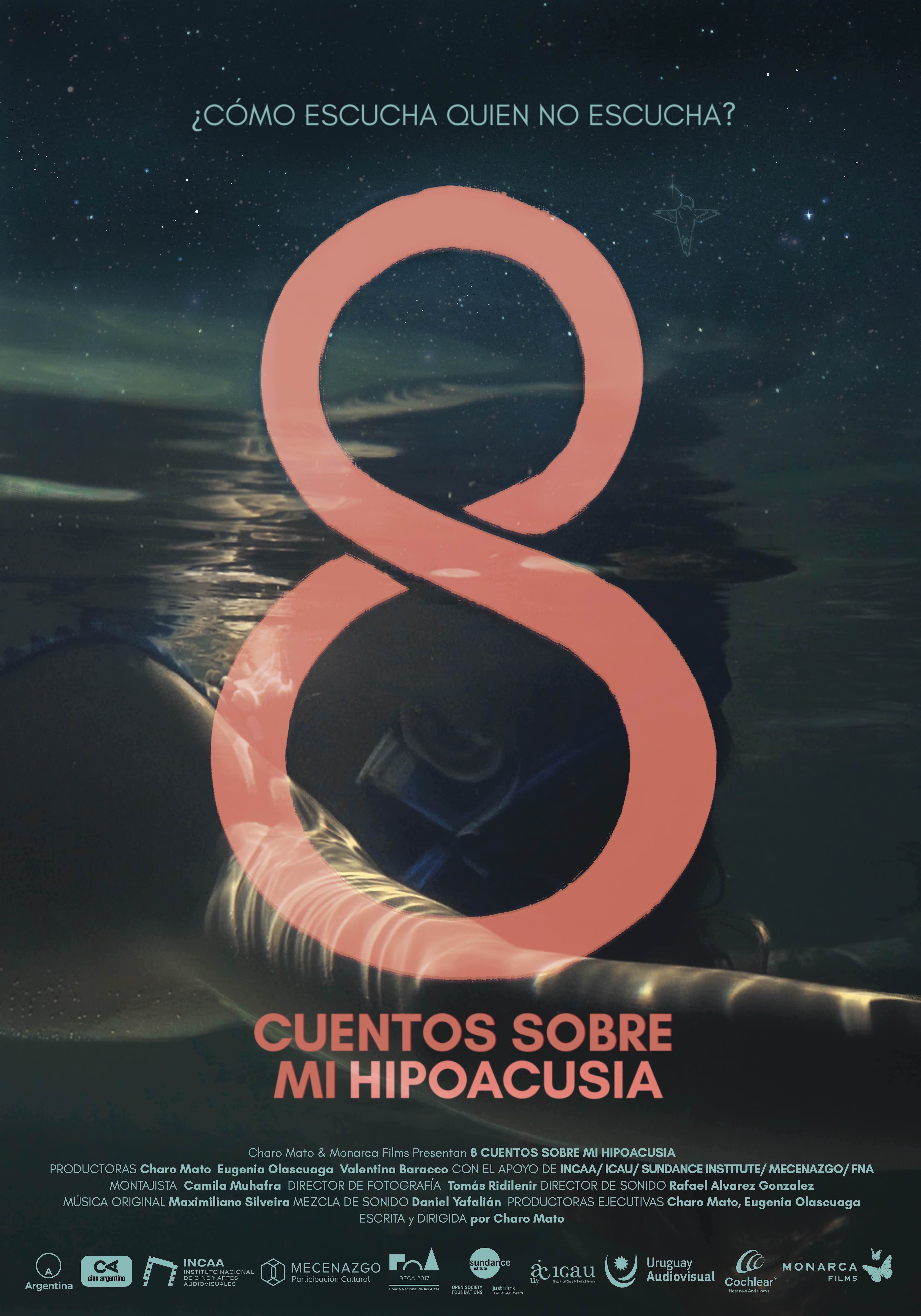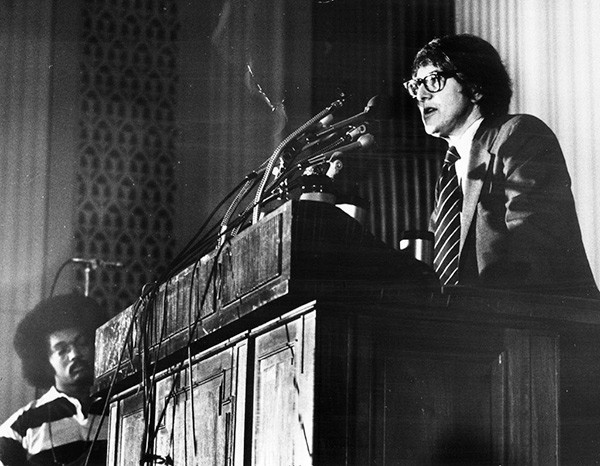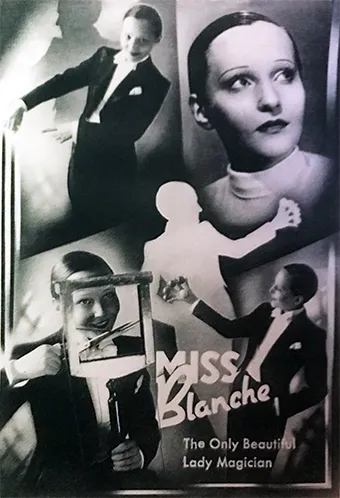Genre
Synopsis
Don Francisco and Jesus have spent their lives designing and building the most extraordinary and lavish mausoleums for Mexico’s narcos. The Humaya cemetery, Sinaloa’s most exclusive, is loaded with the Mexican friends’ impressive works, massive monuments to lives of crime.
But after a life of producing these tombs for some of the biggest narcos in the continent, as the men are coming to their end of their professional lives, they’re thinking back on their choices and the roles they played in glorifying drug-traffickers that have done such damage to Mexico.
“We never asked ourselves if this was good or bad. It was always just a job for us,” says Francisco.
And now this may be their last job: a mausoleum for a narco nicknamed El Senor. This trafficker in his fifties (old age in the world of cocaine) feels that death may be imminent and it makes him reflective. His life has been a celebration of murder, cocaine, and war. But was it worth it? How will he be remembered? El Senor wants to build the most impressive narco-tomb and shape what his legacy will be, before a rival guns him down and gets to write his story for posterity. For such a job, the trafficker has hired the architects and builders.
The men must design and build a mausoleum befitting a king, or queen, of cocaine, magnificent, that towers over his underworld rivals in the Humaya cemetery. El Senor has purchased a huge corner of the cemetery for his ambitious project at a cost of $3 million dollars. He’ll spend at least another million dollars on the construction of his luxury tomb. The constructors will build a mausoleum that will consist of two floors, ten rooms, two bedrooms and three bathrooms. Each room will be elaborately furnished, the latest flat-screen tv hanging from every wall, air conditioning to keep visitors cool in this heat that never retreats. In the center of the mausoleum will be a statue of the drug-lord alongside his prized black AK-47, the handle made of 24-karat gold. There will be gold finishings, pearl handles, marble walls. These mausoleums are the ultimate expression of narco-culture: expensive, brash, brutal. These tombs celebrate the men and women who have earned their place in the Humaya cemetery. A pantheon of crime, it’s reserved for the aristocracy of the Sinaloa cartel underworld. The ultimate velvet rope, the cemetery is filled with these house-sized mausoleums, making a city of the narco dead.
Through the lives of the builders we will show how honest men must adapt to live in a corrupted world. For decades, designing these tombs for Narcos has fed Francisco and Jesus’s families. Even as they question their ethical choices, the builders consider their work art and they are proud. And they’re determined that this latest tomb will be their most incredible ever. Over the course of the film we will follow them as they design and construct a mausoleum to match El Senor’s ambitions. As the story progresses, something extraordinary happens; Francisco who is sickly and in his 60s starts thinking about his own death. He and Jesus ponder the meaning of life, and what their legacy will be. Francisco thinks back on his life, a childhood of poverty. He remembers complaining to his father who always replied: “I am not interested in making money. What good is it to become the richest man in the cemetery?”. His declining health has made him philosophical, his conscience uneasy after a life of taking narco money. Every day, Francisco and Jesus talk of regrets and what could have been.
Coming in and out of the story will be El Senor. We will watch him as he oversees the construction of his mausoleum, ensuring it is up to his standards to represent him for eternity. We will also see him try to survive a vicious drug war to make sure he can see his tomb before he dies.
Narco-funerals here are monthly; the cartel head of security who dropped his guard and paid the price, the drug-lord who was murdered as he ate dinner with his family. The Narco-funerals are lavish affairs, $100,000 events of tequila, DJs, lines of expensive cars decked with wreaths and narco-wives their surgical bodies packed tight into their skinny black dresses.
This story takes place in the city of Culiacan, a stronghold of the Sinaloa Cartel. Billions of dollars of narco money have passed through these streets. Here, cartels war for power, for the trafficking routes. The drug war burns up Mexico every day, one more sign of the failure of the war on drugs and a consequence of America’s insatiable demand for narcotics.
There will be a couple of secondary characters. Ramiro is the caretaker of the cemetery. He promised his dad he would visit him every day for 7300 thousand consecutive days after his death. To honor the promise he had to get a job at the cemetery. From his vantage point, he’s seen the rise of Sinaloa’s narcos and their inevitable demise. Ramiro is cheerful and funny, always ready with some black humor. His role is that of the court jester, the one who sees through the pomp of the narcos and is constantly reminding the rich and powerful that one day they too will die.
Every week, Diana visits the cemetery to see the tomb of her brother. Her brother was once a legend in the underworld, rising to become the head of security for one of Mexico’s biggest cartels, protecting one of El Chapo’s sons. But the inevitable bullet caught up with him. Now his elaborate tomb is visited by his sister every week. Thanks to her brother, Diana is part of the aristocracy of the underworld, yet she despises this world, believing crime stole her brother from her. Diana will be a moral bastion of the film, a voice that condemns the narcos and their influence.
Bio
Monica Villamizar is a Colombian-American filmmaker and TV correspondent. She directed and produced the documentary "Transition" about an Australian trans journalist who embeds with the Taliban after the collapse of Afghanistan. The film Premiered at Tribeca 2023 and was selected for the Sheffield Documentary Festival where it was nominated for the Tim Hetherington Award.
She was a producer on the Nat Geo documentary "The First Wave" directed by Matthew Heineman, about New York's biggest Covid-19 Hospital, which won the 2022 EMMY for Best Documentary.
Monica also produced the SHOWTIME series The Trade (Season Two) on Human Trafficking and Immigration, which premiered at The Sundance 2020 Film Festival, and was recently nominated for 4 EMMY's including best documentary.
As a journalist she has won 2 EMMYS and was nominated for the prestigious One World Media "Journalist of the Year 2015 Award", which honors the best journalists in the world in all forms of media, print, radio and TV.
Monica has traveled to Iraq, Afghanistan, Egypt, Mali, Congo DRC, Mexico, El Salvador and Haiti and other countries, at times filming directly on the front lines. She has covered the drug wars in Colombia and Mexico, gaining exclusive access to cartels and smugglers. She covered the Arab spring, the war against ISIS in Iraq and the advance of jihadism in West Africa. In September 2019 she reported on an experimental Ebola vaccine and was a subject of the trial led by Dr Anthony Fauci.
Credits
Co-Director - Alejandro Suverza
Producer - Toby Muse
Executive Producer - Matthiew Heinemann

